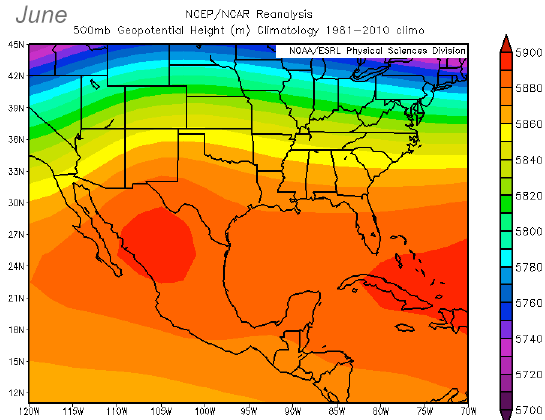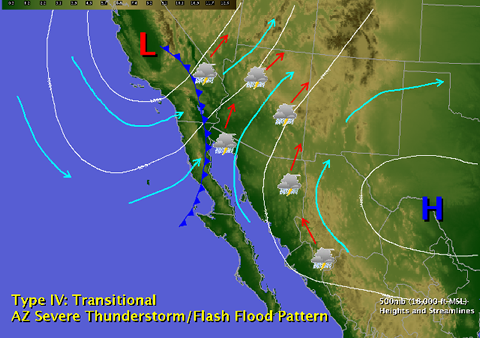Notes from an Applied Climatologist: Monsoon End Q&A
How Do We Know When the Monsoon is Over?
Across the southwest United States, the start of the summer monsoon season is pretty easy to recognize once you have experienced it firsthand a few times. Typically, one week it's hot and dry, and the next week, it's hot and sticky, but hopefully raining. This is a predictable part of the southwestern summer, and typically happens in late June or early July across Arizona and New Mexico (often first in New Mexico with Arizona trailing just behind). The start is relatively clear cut, but calling an end to the monsoon season is a bit trickier, because there isn’t a rapid and clean transition back to some other non-monsoon weather conditions in the fall, and the presence of monsoon breaks can complicate this transition.

The monsoon circulation pattern and resultant precipitation across the Southwest is largely governed by the position and strength of the subtropical high, also known as the monsoon ridge. This high pressure system builds north through Mexico into the Southwest from June into July, causing the winds to shift from a dry westerly flow in mid-levels of the atmosphere to a moister, subtropical easterly flow. This shift in wind direction is a key to defining the beginning, as well as the end of the monsoon season. The monsoon ridge typically starts to weaken and retreat through the month of September, but can build and subside throughout the month. September is also often a time when tropical storm moisture can interact with early season autumn storms moving in from the north Pacific, sparking widespread thunderstorm activity. These ‘transition events’ are further indication that the monsoon season is almost over and that fall weather is on the doorstep.


